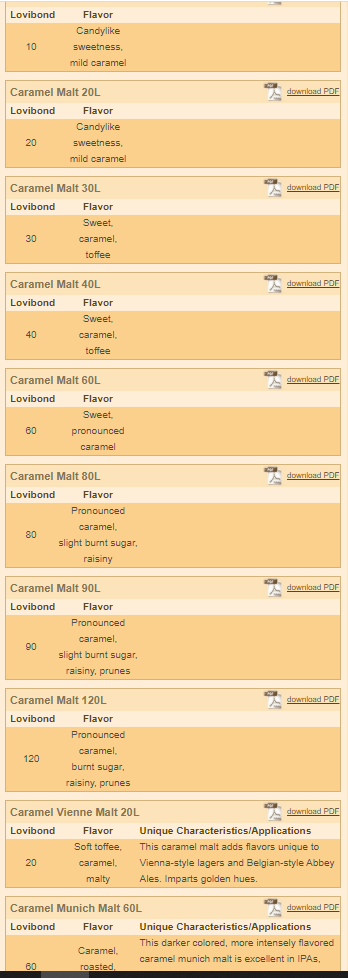So, when I have bottled my current brew and have time, I'm gonna make an attempt at a bitter since i like to have a bunch of beer of different types for variety at home and bitter is a favorite of mine.
Batch is calculated at about 11.04 liter at end of boil, planning to get a little over 10L in the fermenter after filter and trub loss.
Grain bill:
1.59kg 70% Maris Otter (Crisp)
450g 20% Munich malt (Weyermann)
230g 10% Crystal 150 (Crisp)
Mash at 67c for 60 min
60 min boil
Hops:
12.5g Challenger 60 min
4g Bramling Cross 20 min
4g Whitbread Golding 20
20g Bramling Cross 0 min
10g Whitbread Golding 0 min
Ferment at 18c with lallemand nottingham ale
Est OG 1.050
Est FG 1.012
Ebc 24.8
IBU 32.7
ABV 5%
Kinda inspired by Ruddles Country ale, looking for something with light toffee character and berry, hoppy tones.
Something I should change or skip or does it seem like a decent ale?
Batch is calculated at about 11.04 liter at end of boil, planning to get a little over 10L in the fermenter after filter and trub loss.
Grain bill:
1.59kg 70% Maris Otter (Crisp)
450g 20% Munich malt (Weyermann)
230g 10% Crystal 150 (Crisp)
Mash at 67c for 60 min
60 min boil
Hops:
12.5g Challenger 60 min
4g Bramling Cross 20 min
4g Whitbread Golding 20
20g Bramling Cross 0 min
10g Whitbread Golding 0 min
Ferment at 18c with lallemand nottingham ale
Est OG 1.050
Est FG 1.012
Ebc 24.8
IBU 32.7
ABV 5%
Kinda inspired by Ruddles Country ale, looking for something with light toffee character and berry, hoppy tones.
Something I should change or skip or does it seem like a decent ale?
Last edited:

























































